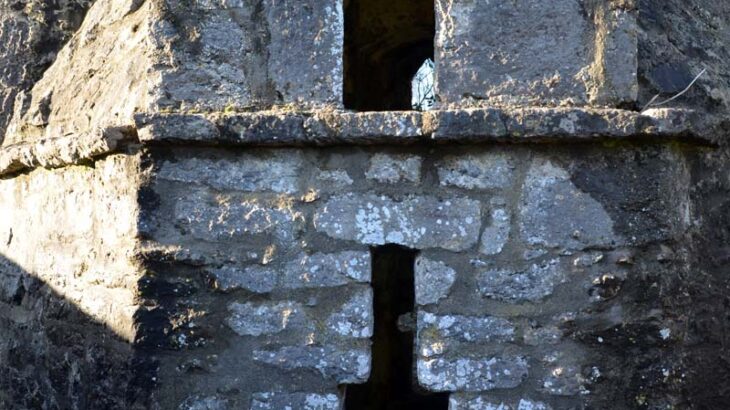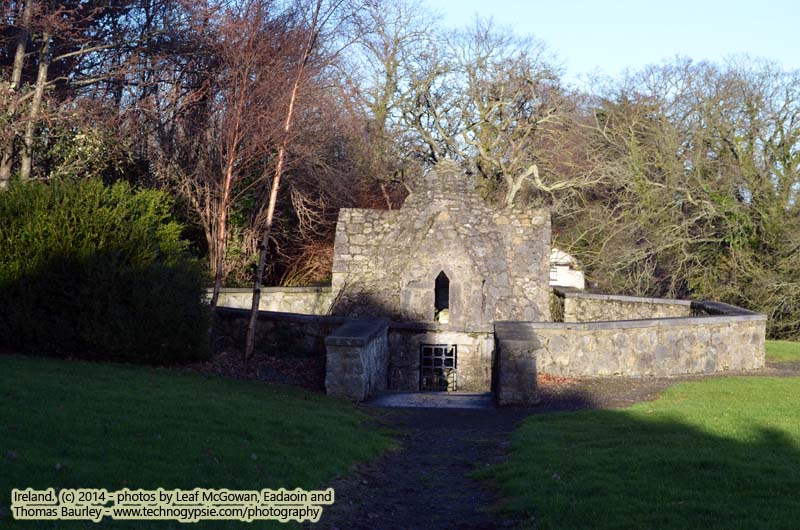
St. Doulagh’s Church and WellFingal, Ireland
A brilliant fortified well that is attached to a chapel is St. Doulagh’s well in north Dublin County in Fingal near Malahide and Swords. Originally a Pagan spring/well-named Bethesda’s sacred pool, this was yet another glorified takeover by Christianity of Pagan sites and named after Saint Doulagh. A monastic settlement, hermit cells, and a later medieval church were built up by this spring, and the fortification of an octagonal stone well house known as the “baptistery” and pool encasing the spring was said to be dedicated to Saint Doulagh.
Saint Doulagh or Naomh Dúileach was also known as “Episcopus et Confessor” (a bishop and confessor) who lived around 600 C.E. as an anchorite (hermit) dedicated to Christ in study, solitude, and mission. Like most anchorites, he had very little contact with the outside world. Very little about him remains, and no account of his life exists. There exists some belief that St. Doulagh was actually Olave, a 10th century Viking God. Modern historians debunk this today as there is ample evidence that St. Doulagh was an actual person living physically at this settlement.
His patronal day or festival has been attributed to November 17th. Saint Doulagh, like most anchorites, was more popular in the East such as Egypt and Syria, though could be found in Ireland although absent in England. They were iconic of the Older Church history of Ireland, distinguishing Irish Church operations from most of the other Churches of Western Europe, giving more adaptation from Oriental Christianity. Because of this, Ireland celebrated Easter at the same time as the Eastern Church rather than that recognized by the Western Church.
Whenever you find an Irish place name containing the word “desert” it signifies a solitary place where an anchorite once lived. It is believed that Saint Doulagh lived in this area and during the 7th century C.E. established a monastic settlement on these grounds. Where the church now stands, is believed to have been the location of a small cell in which he lived as a hermit cut off from the rest of the world. A fresco once existed within the medieval church depicting St. Doulagh and other Saints as anchorites here. It was several centuries after his death that a medieval church was built on this spot in his dedication.
The Church and Cross:
Clochar Dúiligh or St. Doulagh’s Church is located in Fingal, Ireland near Malahide, Portmarnock, and Swords. A Latin-style granite cross with a splayed base possessing a Patee or Maltese design greets those entering the sanctuary. The local stone of the area was limestone, so granite was seen as an imported building material to the area suggesting a pre-1300 C.E. date for the stone. This stone is believed to have been part of the original hermitage.
Because Vikings had settled this area as early as the 8th century C.E., there are potential links of this monastic settlement with Vikings. Rumors existed that this settlement was originally Viking, but the architectural Irish construction methods of the Church oppose this. Some date the monastic settlement to the 5th century C.E. during the legendary time of St. Patrick. By 1038 C.E. the site was given to the Prior of the Holy Trinity or Christ Church Cathedral of Dublin. Before the current structures, a medieval hermitage and church were built here during the 12th century hosting the anchorite’s cell now directly under the Prior’s Chamber and connected by a spiral staircase.
The Hermit’s Cell measured 10’ x 7.5’. Above this is where the monks were believed to have lived whereas the original building constructs separated this area between a dormitory and a refectory. This original building would have measured approximately 48’ x 18’ with 3’ thick walls and a double roof of rough stones set in cement. A battlemented square tower was added during the 15th century. There were numerous frescoes added to the baptistery in 1609 funded by Peter Fagan, brother of John Fagan of Feltrim, representing the descent of the Holy Ghost on the apostles, St. Patrick, St. Bridget, St. Columcille, and St. Doulagh dressed as an anchorite.
Unfortunately, these were defaced by Sir Richard Bulkeley of Dunlavin after the Battle of the Boyne with no trace remaining of their existence according to the Church guide. The medieval church was placed within a small monastic settlement founded by Saint Doulagh during the early 7th century C.E. There are rumors that this original monastery and church was linked to Grange Abbey and the Grange house of Baldoyle through an underground passage.
The church itself however was built in 1864. Funded by Lord Talbot de Malahide and public subscription, the church was presided over by Reverend W.S. Kennedy, M.A. as Rector of the Parish. It was consecrated by Archbishop Trench during the Feast of the Conversion of St. Paul in 1865. The church is the oldest stone-roofed church still in use in Ireland. There are other stone-roofed churches in Ireland such as St. Kevin’s in Glendalough and Cormac’s Chapel in Cashel.
The Church has seven rooms including a leper’s window where lepers could view mass, and receive Holy Communion; and a penitential cell where incumbents were imprisoned. One room is the reputed tomb of St. Doulagh. The larger room is the former main place of worship. From 1974 onwards, the Church has been used by the Roman Catholic Church parishioners of Donaghmede, Clongriffin, and Balgriffin. The baptistery and complex were cleaned and restored in 1991 by state funding. Outside of the Church is located St. Doulagh’s Well and St. Catherine’s Pond.
The Pagan spring:
Very little is known about the original spring before the Christian build-up of the baptistery. It originally supplied the monastery with water. There is a reference that it was originally called Bethesda’s sacred pool. The sacred pool of Bethsaida or Bethesda is world renown where the multitude of the sick, blind, lame, and withered lay in its five porches waiting for the moving of the waters to heal them. The angel of the Lord descends at certain times into the pond and water is moved, and he that went down first into the pond was made whole in this healing fountain. The original site is in Jerusalem.
The Christian Well:
This holy well was often used for baptisms by the Church and was often termed a “baptistery”. Its fortified construct is a notable one in Irish architecture as it is the only extant detached baptistery in all of Ireland. It is of octagonal construct and once held the frescoes depicting St. Bridget, St. Chomcille, and St. Doulagh above within the upper section of the ceiling and walls. Near the frescoes was once a large marble plaque bearing the inscription: “Bethesda’s sacred pool, let others tell, with healing virtues, let her waters swell. An equal glory shall Fingallia clai, not be less grateful for her blissful stream. Thy prayers, Doulachus, mounted up to He’ven, thence to thy will the mighty power be given, to drive the fiery fever away. Strength to replace and rescue from decay, in every malady a life to stay. The cherub, wondrous, moves his wat’ry sphere. The Saint beholds who stirs the fountain here. Hail, lovely fount! If long unsung thy name, it thence shall rise above the starry frame.” The well today is often dry, potentially caused by the construction of the road nearby. The well drains into St. Catherine’s pool.
St. Catherine’s Pond: An open-aired pool with stone seating located adjacent to the octagonal baptistery / holy well. The curative waters from the well flowed into this pool where many could benefit from soaking in its waters. Pilgrimages and patterns were practiced here for many centuries until the rioting began and the patterns were suppressed by clergy during the 19th century.
Directions: 10 km from Dublin north in the hamlet of Balgriffin. From Dublin take Highway R105 to Howth, after 1 km turn left on Malahide Road (R107) for 7 km until you see St. Doulagh’s Church on the left. There is minimal parking, although across the road has space for a few cars. The church is open for tours on Sunday afternoons during the summer. Discovery Map: 50. 0 212 422.
References:
- Anglican Church 2015 “St. Doulagh’s”. Website referenced 12/24/15 at http://malahide.dublin.anglican.org/about-us/st-doulaghs-history/
- Comerford, Patrick 2013 “St. Doulagh’s Church link with Italian Architecture” website visited 12/24/15 at http://www.patrickcomerford.com/2013/08/saint-doulaghs-irish-link-with-italian.html.
- Diocese of Dublin undated “St. Doulagh’s Church in the Diocese of Dublin; A Guide to St. Doulagh’s Church. Website visited 12/24/15 at http://www.megalithicireland.com/St%20Doulagh’s%20Dublin.html
Ireland’s Holy Wells 2013 “Saint Doolagh’s Well, Malahide, Dublin County” website referenced 12/24/15 at http://irelandsholywells.blogspot.com/2013/05/saint-doolaghs-well-malahide-dublin.html - Library Ireland unknown “Healy Essays – Wells” website referenced 12/28/15 at http://www.libraryireland.com/HealyEssays/Wells1.php.
- Wikipedia 2015 “St. Doulagh’s Church”. Website referenced 12/24/15 at https://en.wikipedia.org/wiki/St_Doulagh%27s_Church
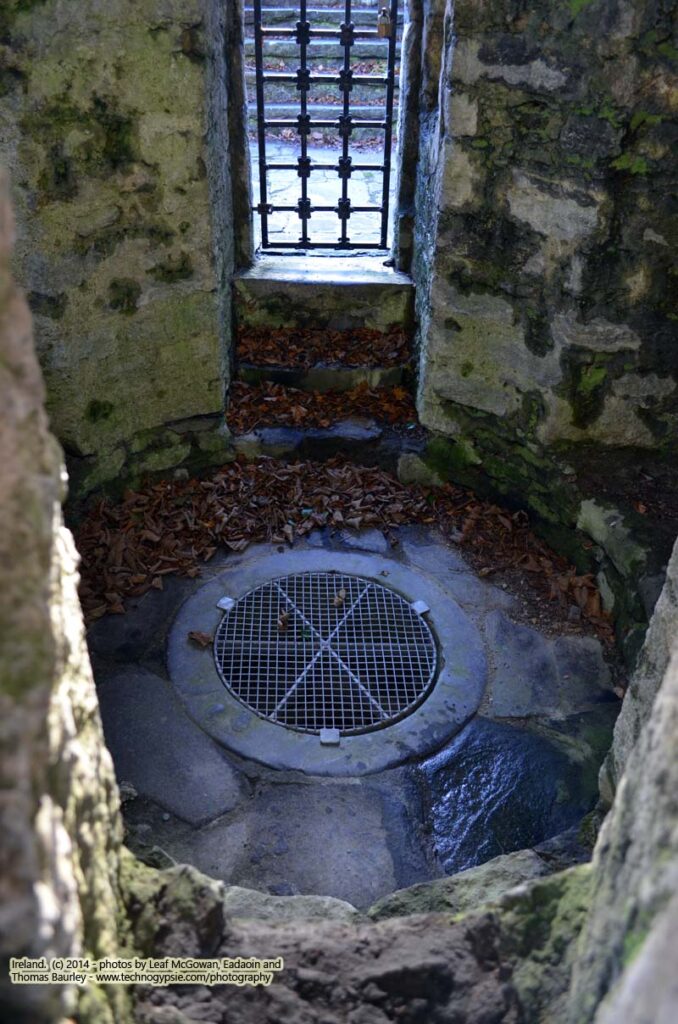
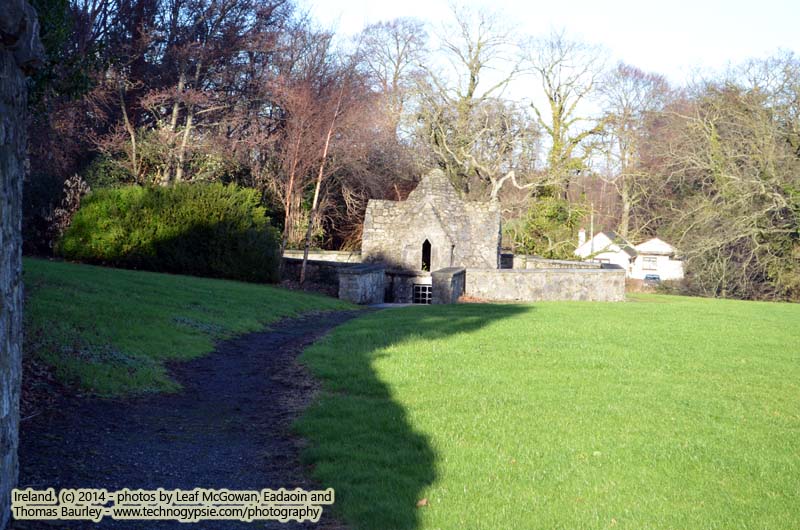
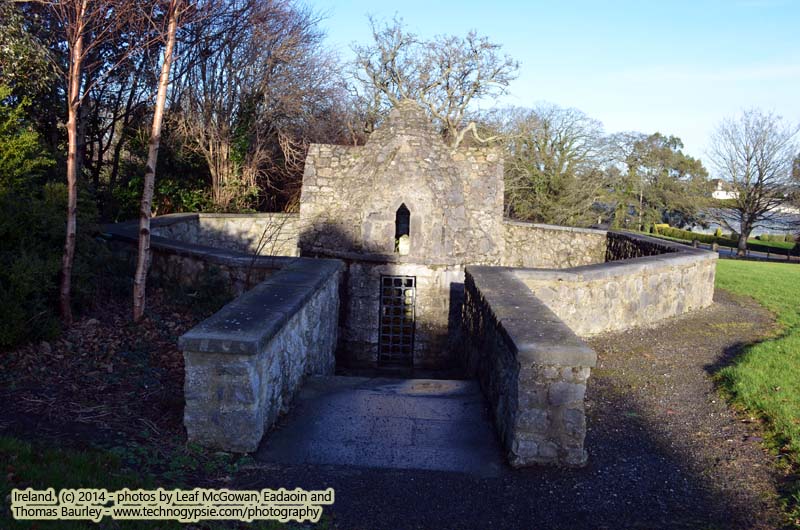
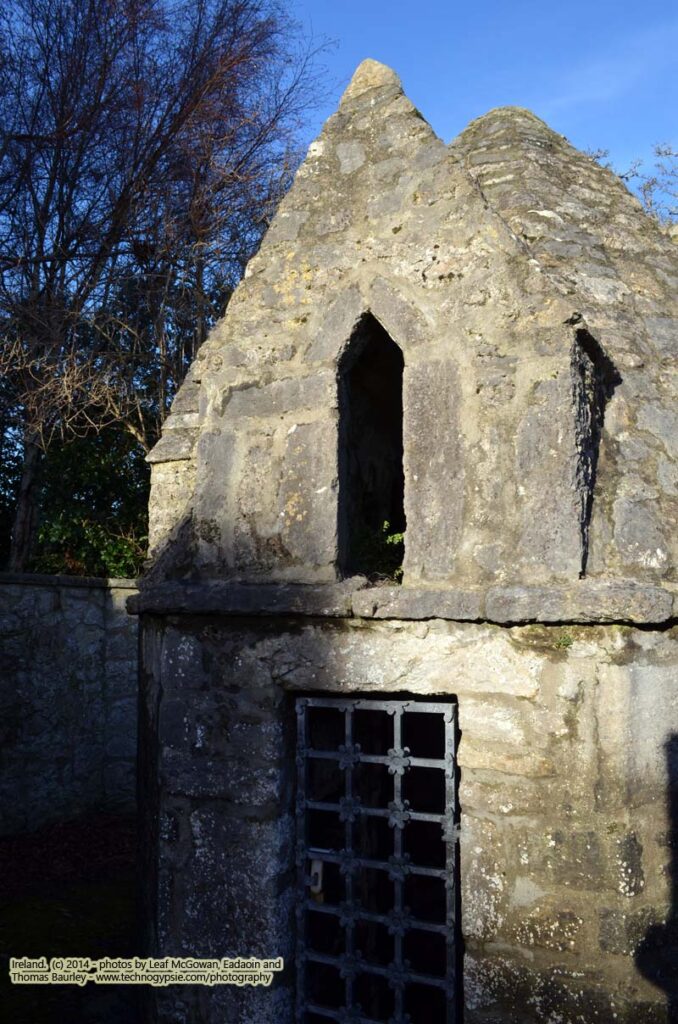

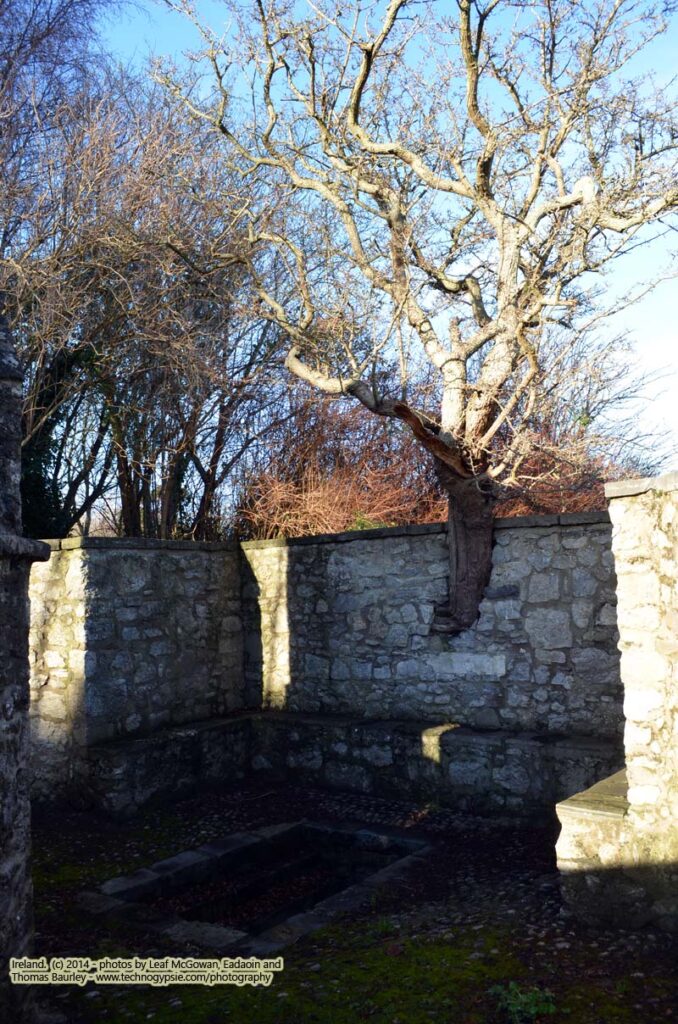
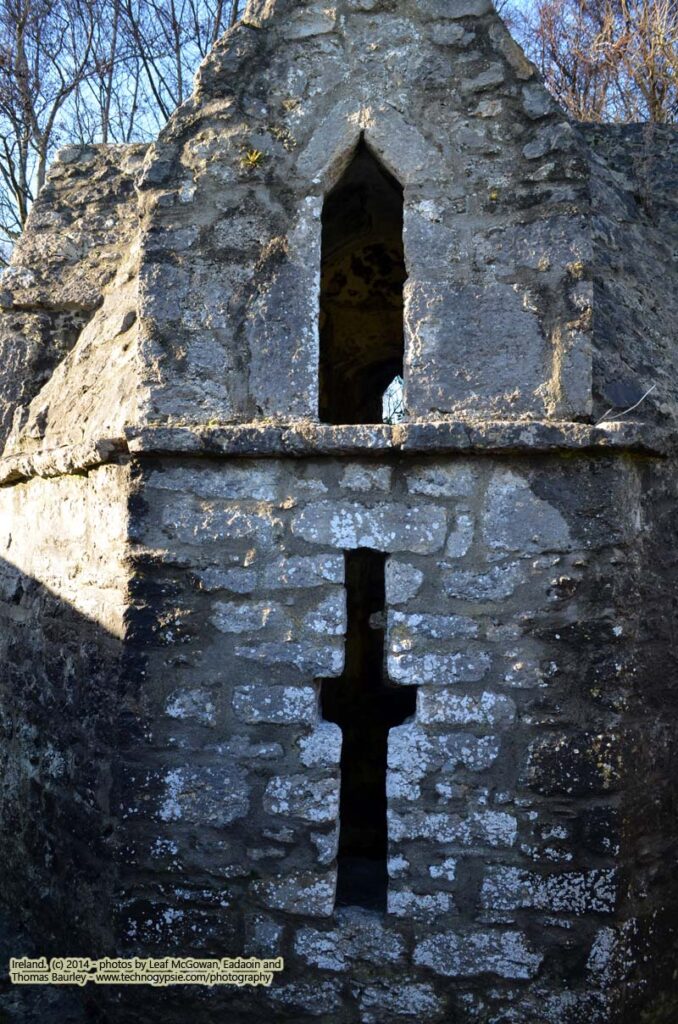
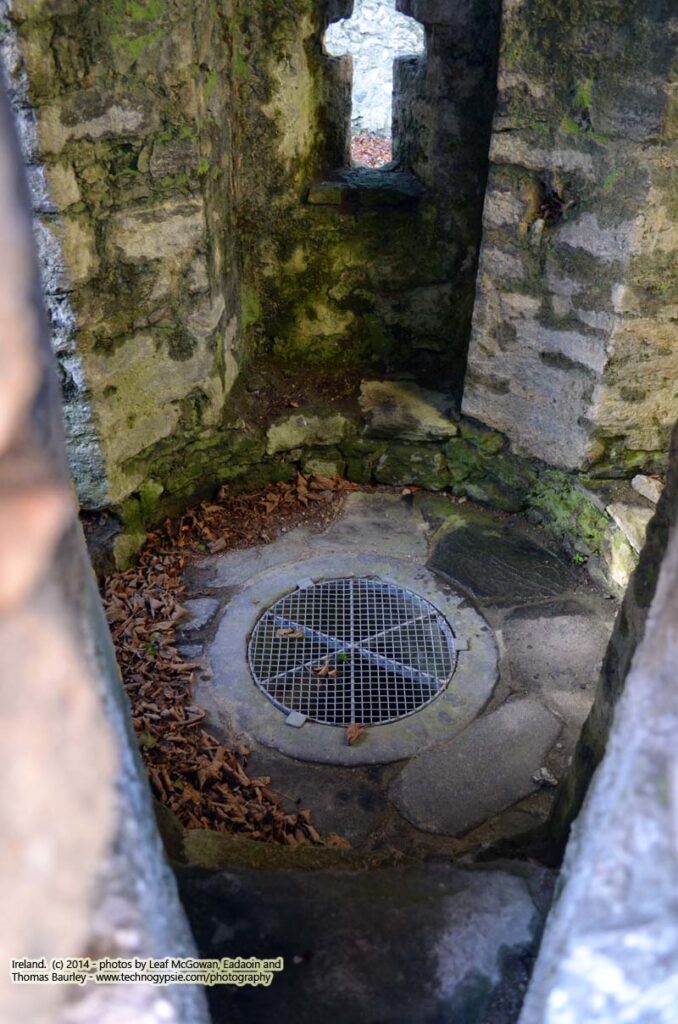
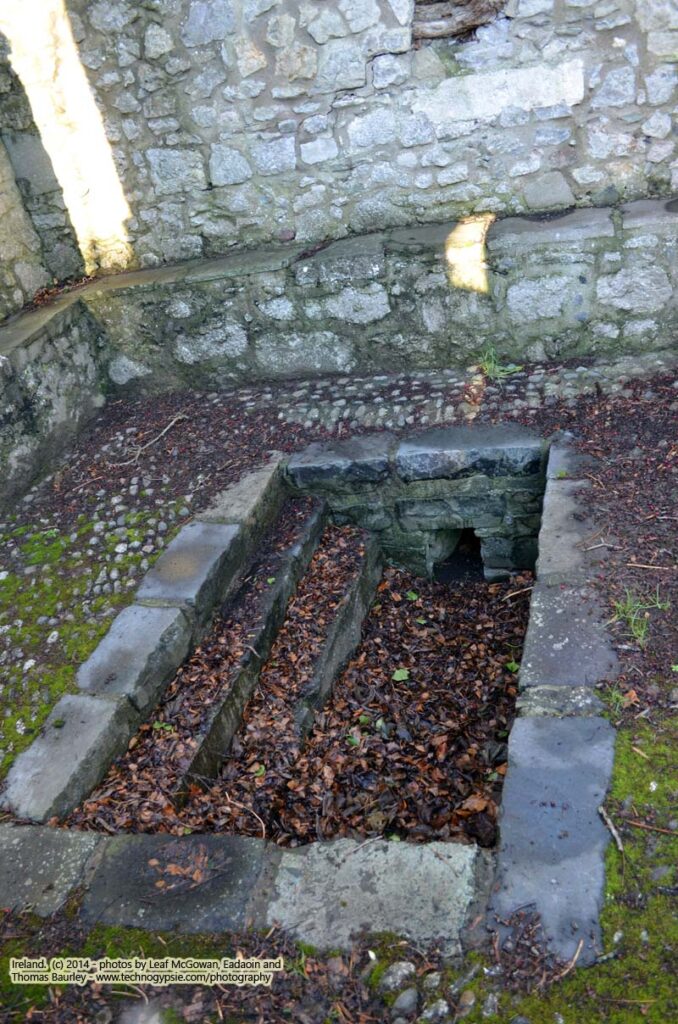
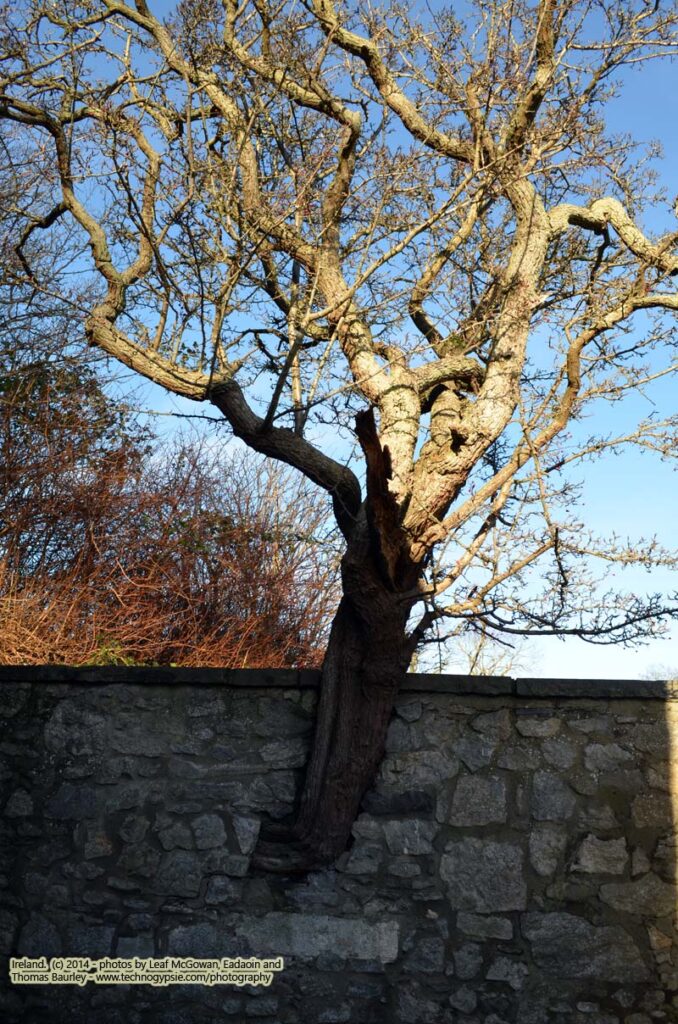
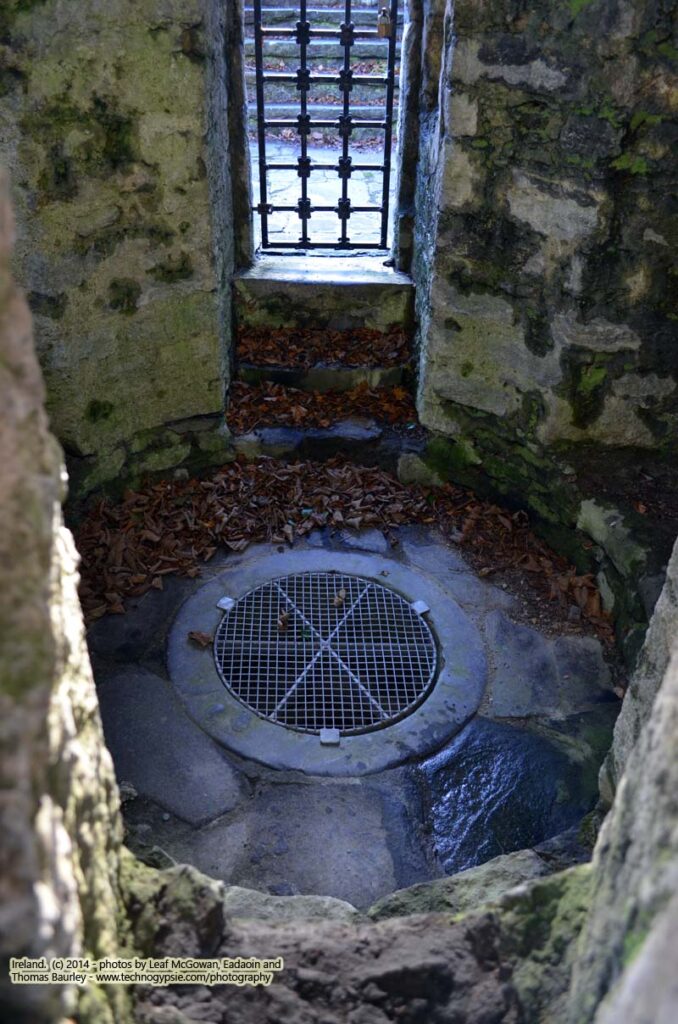
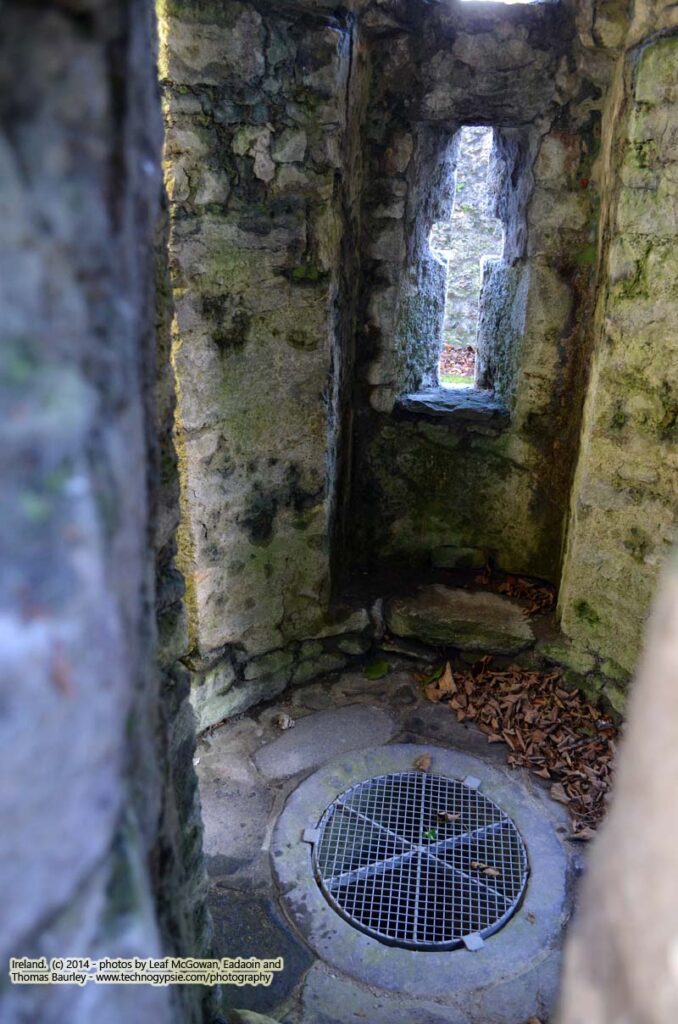
Discover more from The Naiads Well
Subscribe to get the latest posts sent to your email.
